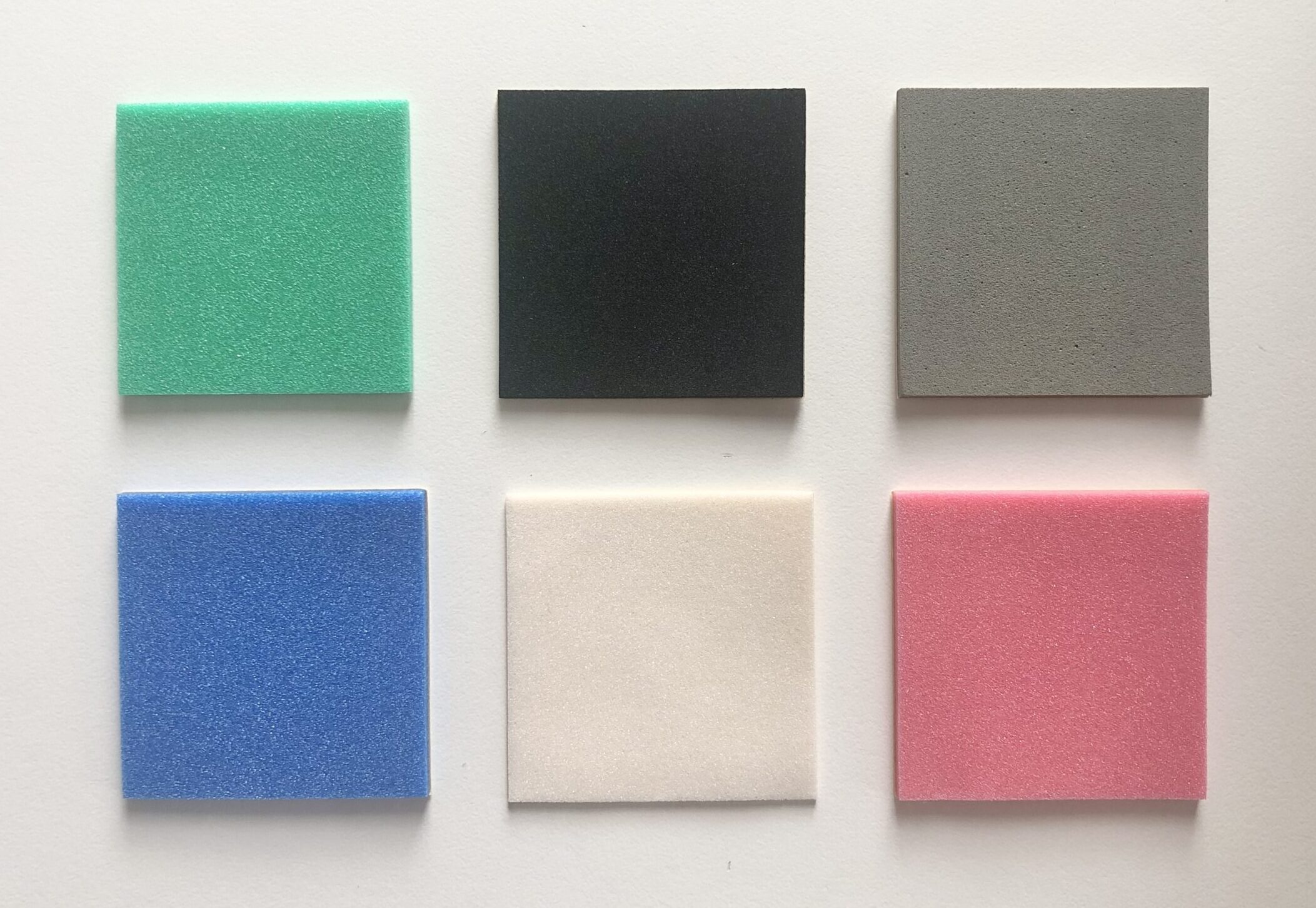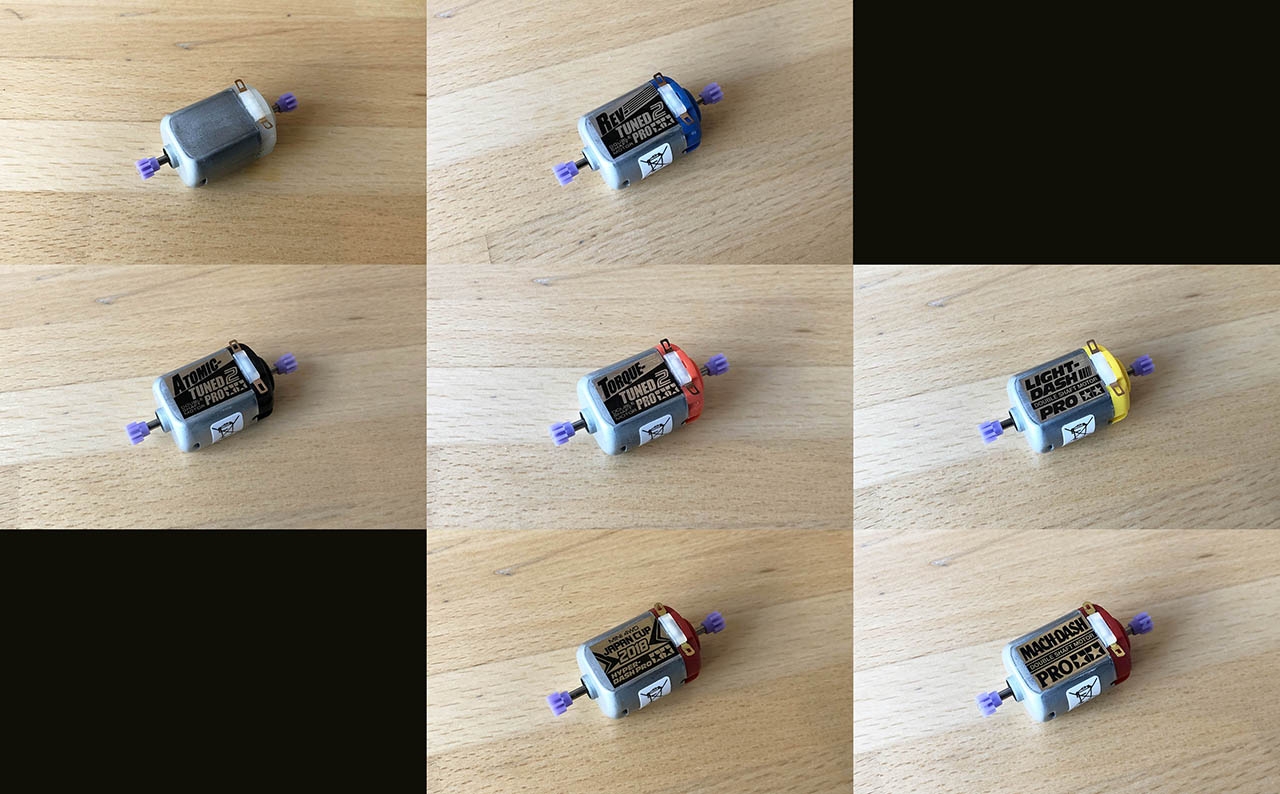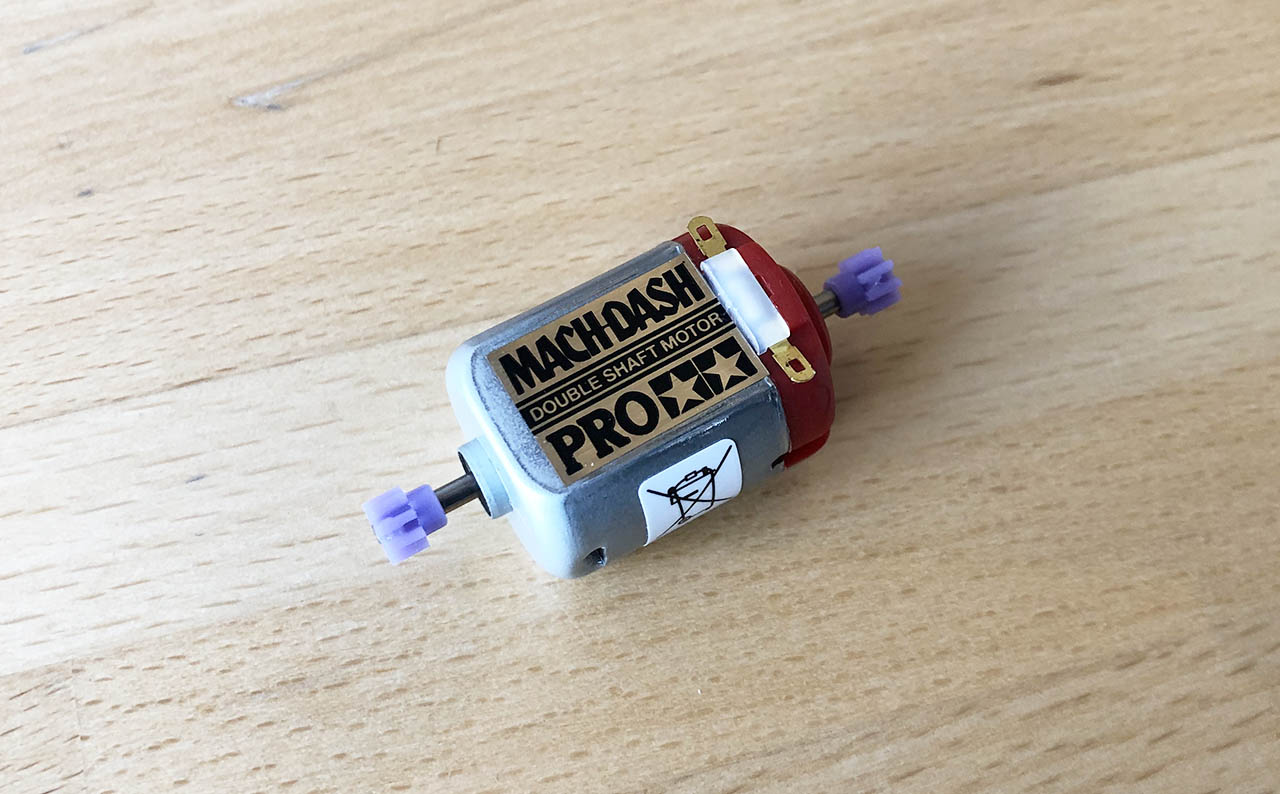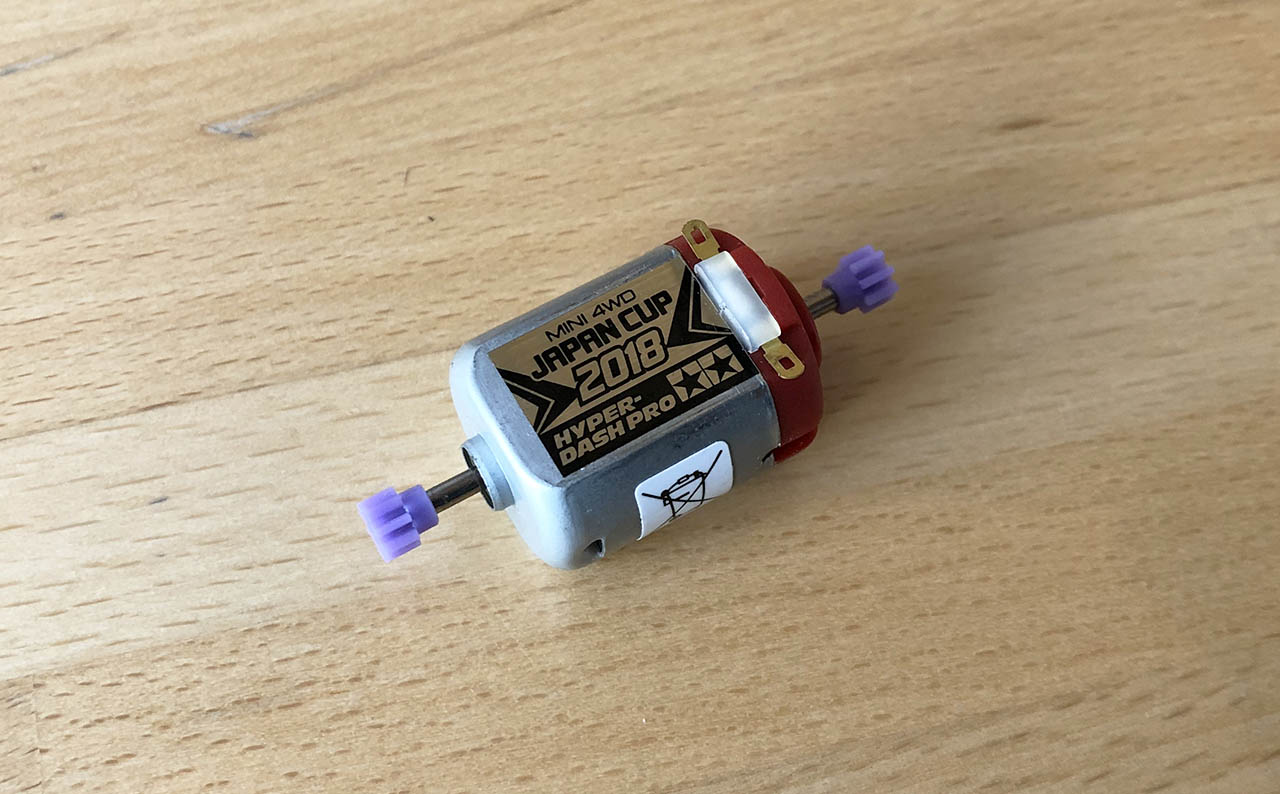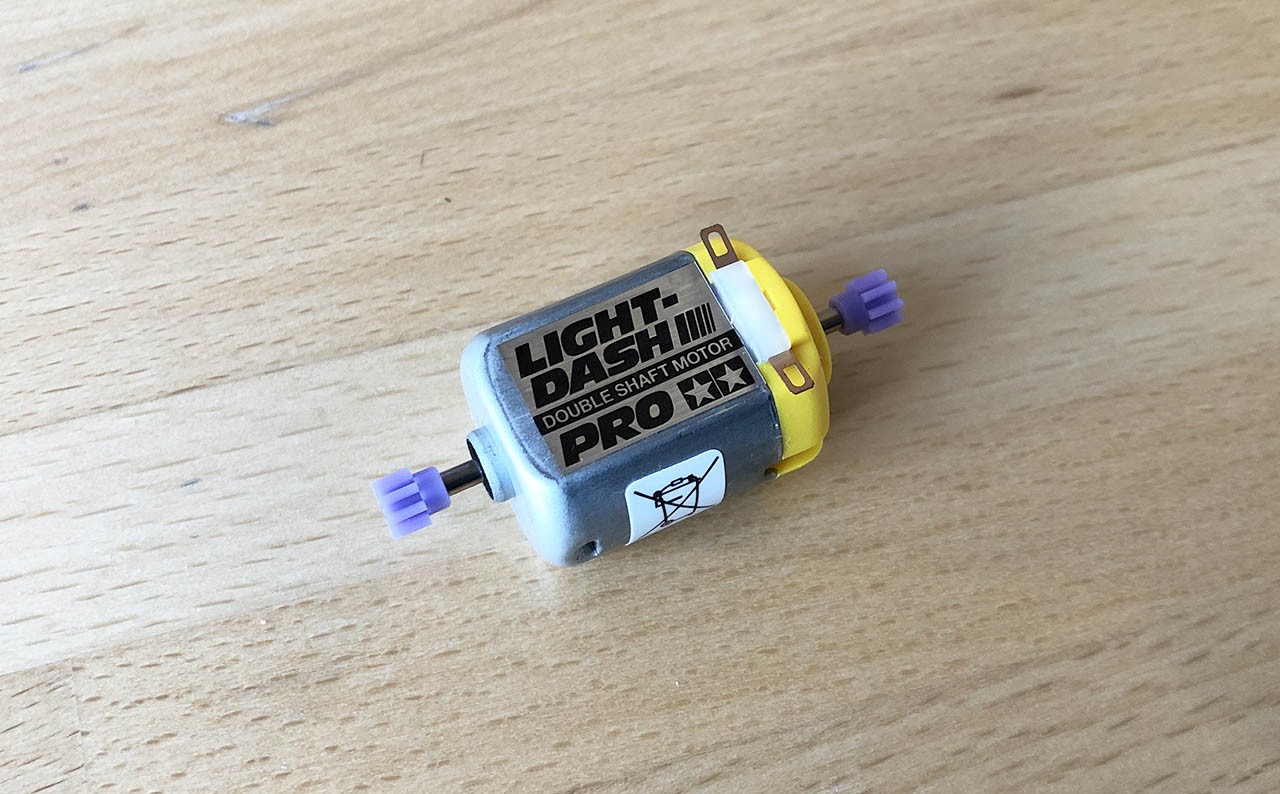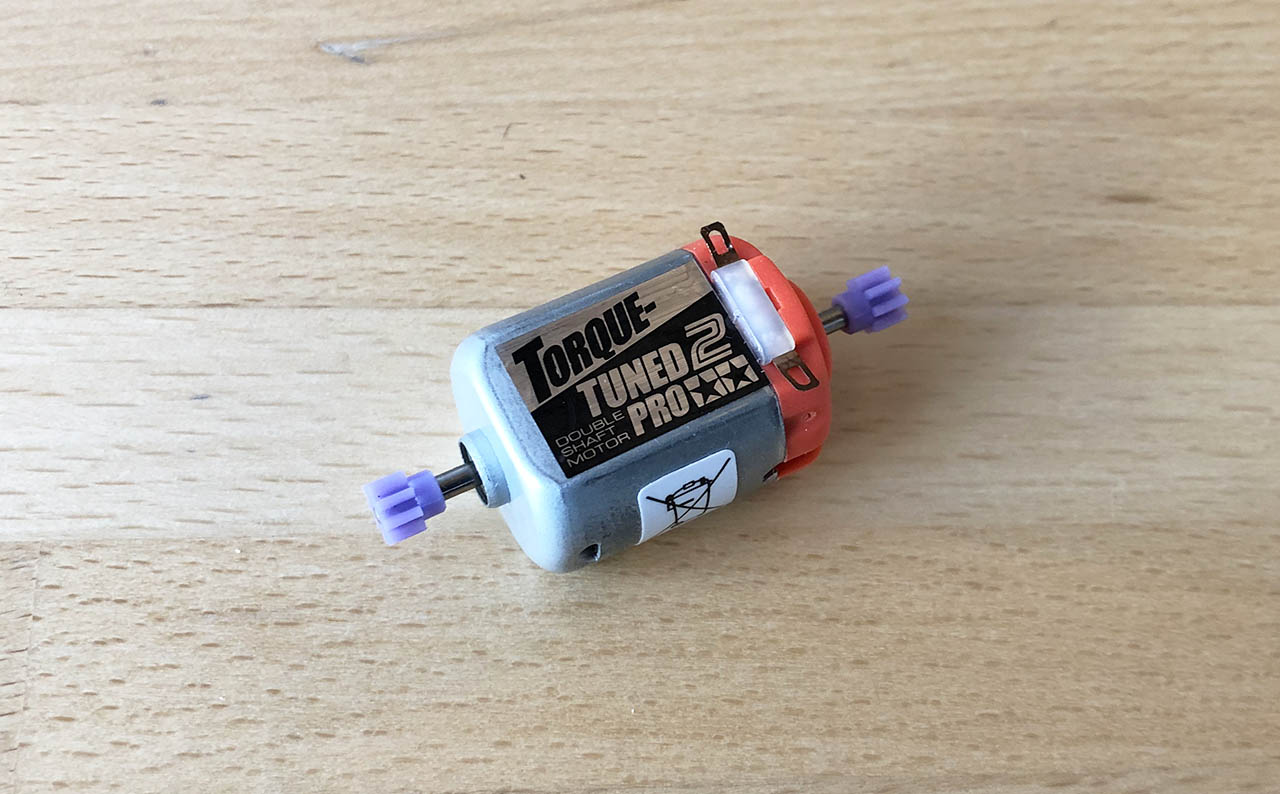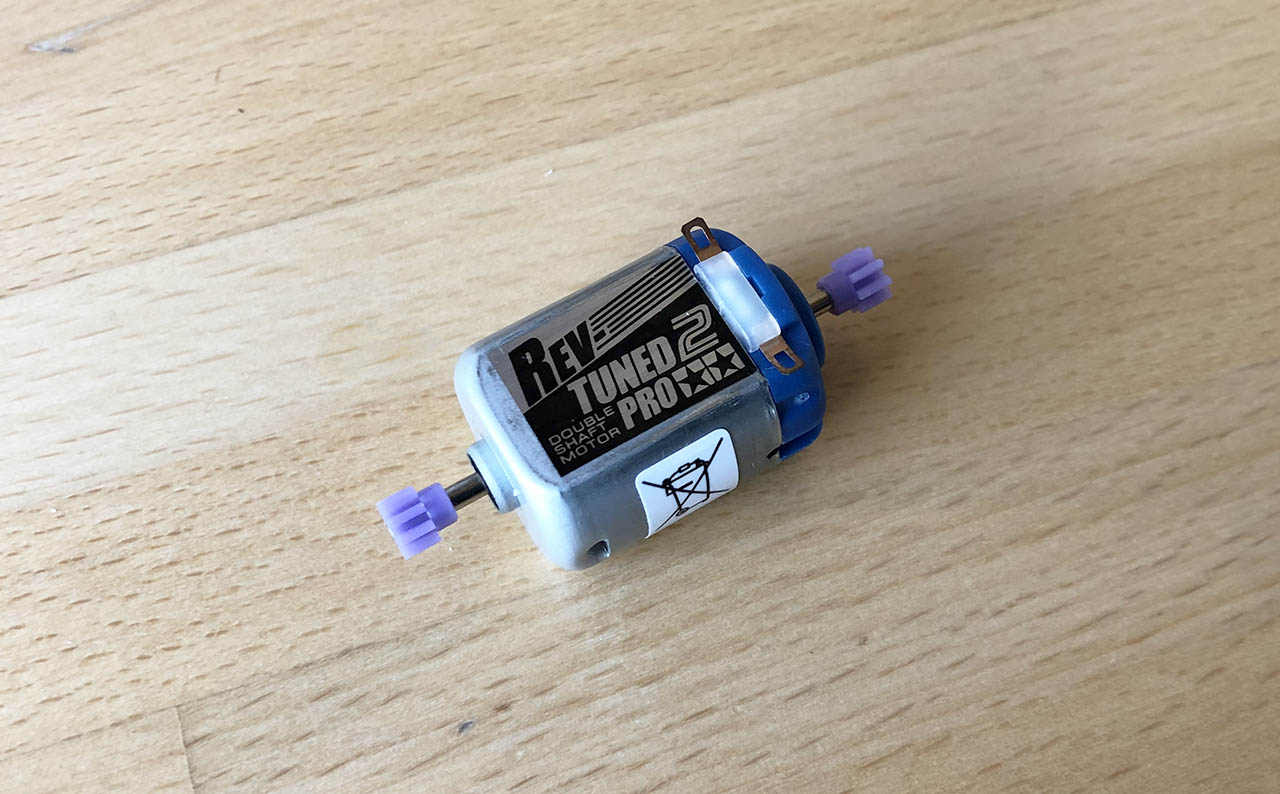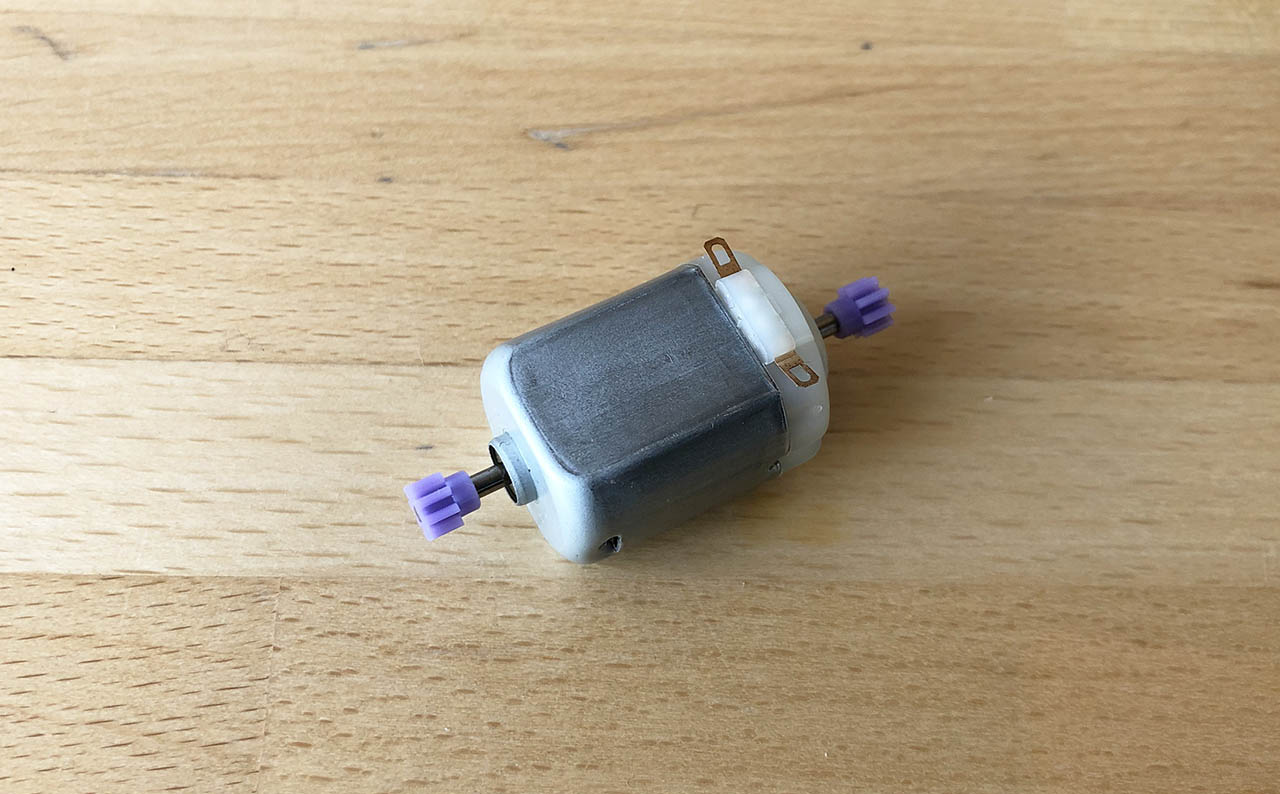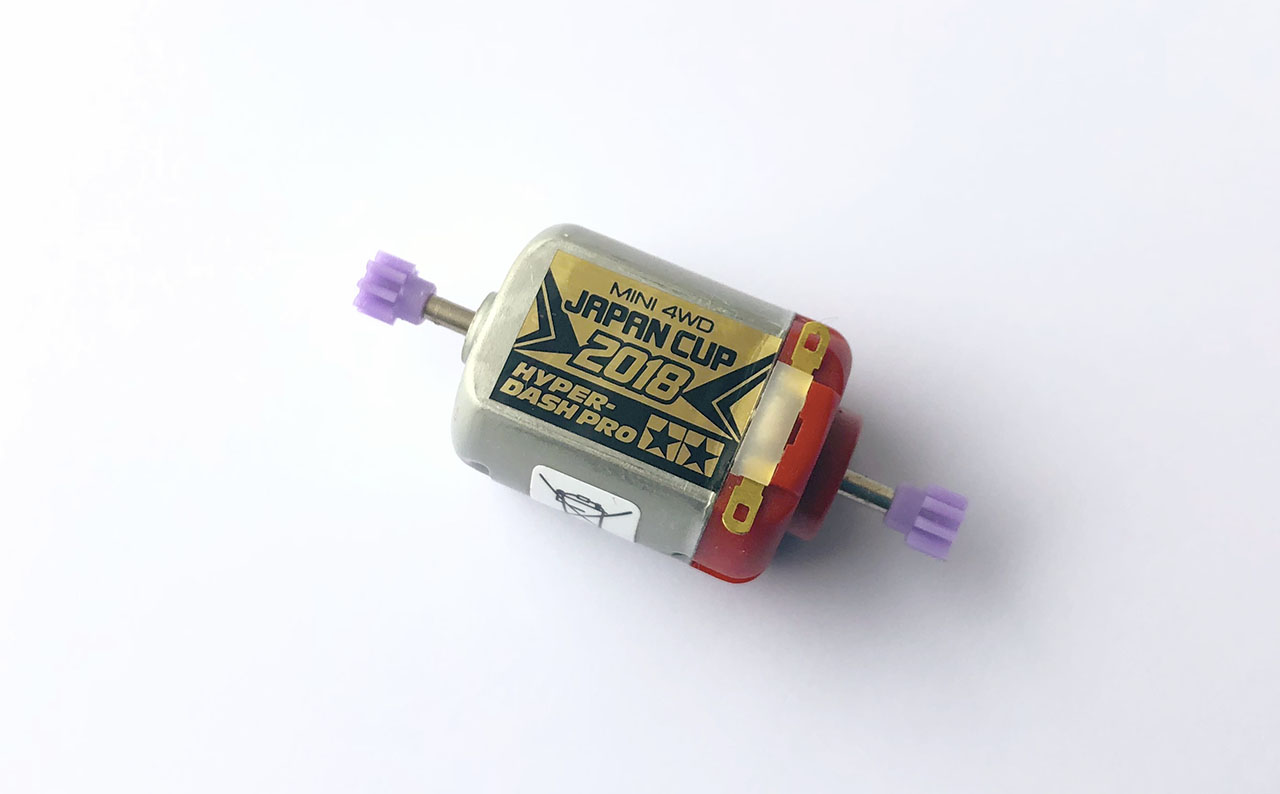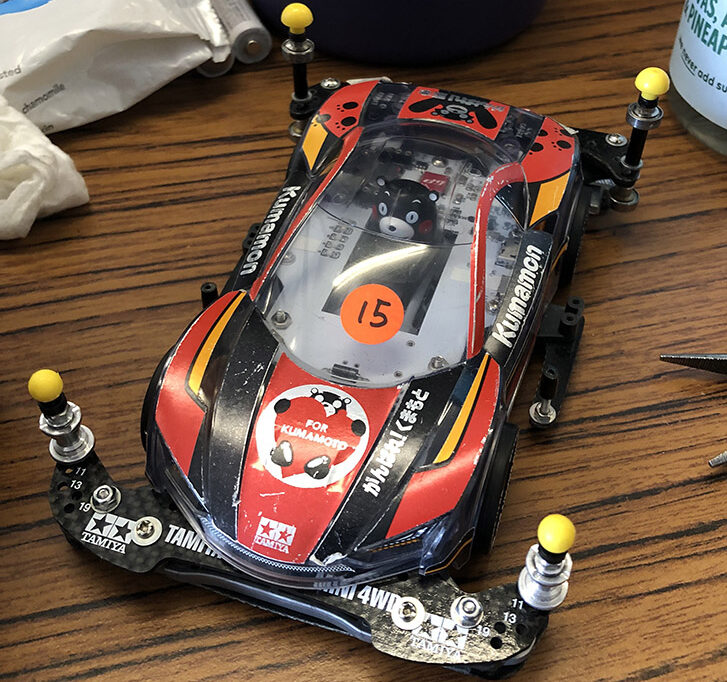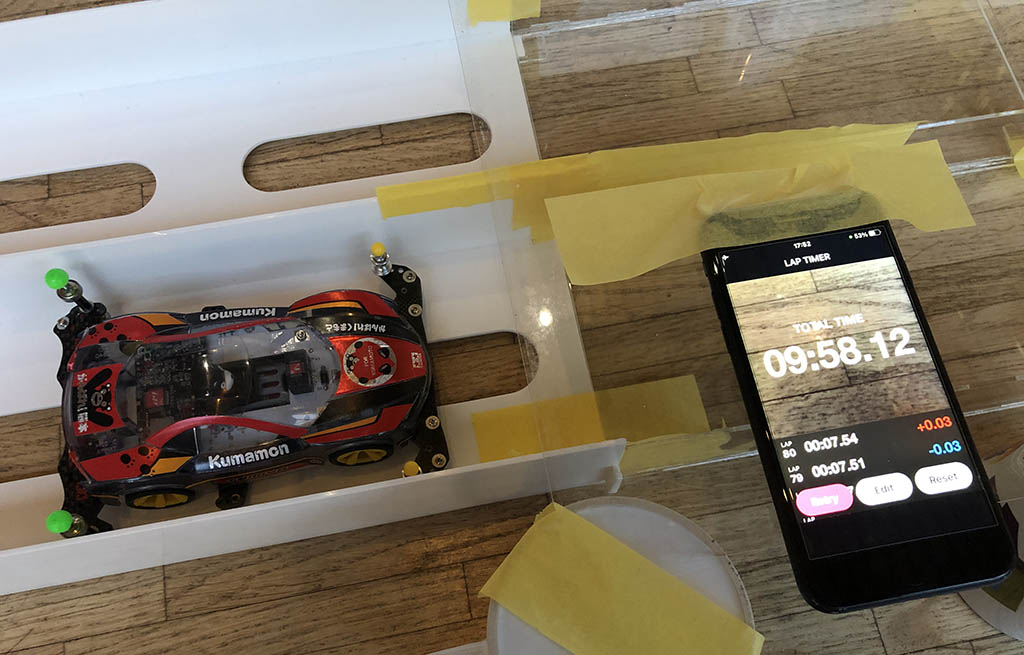What is friction?
“Friction is a force between two surfaces that are sliding, or trying to slide, across each other. For example, when you try to push a book along the floor, friction makes this difficult. Friction always works in the direction opposite to the direction in which the object is moving, or trying to move.” (From BBC Bitsize)
Frictional force is measured in Newtons.
Example scenario
Let’s explore this further. Let’s say we were trying to pull a cardboard box full of books towards us. If the box was empty, it would be quite easily to move the box, although we would feel a bit of resistance as the box was sliding on the floor as we pulled it towards us. But if the box was heavy (full of books), it would be much harder to pull the box. We would feel a lot more resistance. It would be easier to move the box on smooth wooden floor (lower frictional coefficient) than on thick carpet (higher frictional coefficient).
Understanding the forces
Let’s illustrate the example scenario using a diagram:

m is the mass of the box with books (in kg)
g is the gravitational acceleration (in metre per second square m/s2). Gravitational acceleration on Earth is pretty much constant ~9.8 m/s2.
mg is the mass of the object × gravitational acceleration. If the box of books including the box has a mass of 2kg, then the force acting on the surface through the attraction of gravity is 2 × 9.8 = 19.6 Newtons.
N is the normal force. Since the object is not accelerating downwards through the floor (wooden or carpet), the floor is exerting the same amount of force (normal force) upwards to keep the object in place, so N is also 19.6 Newtons.
Frictional force (Ff) is the resisting force that we feel when pulling the box. It is measured in Newtons.
Fp is the force pulling that we all apply to move the box towards us. If the pulling force is less than or equal to the frictional force (Fp <= Ff ) the box will not move. But if the pulling force is greater than the frictional force (Fp > Ff), the box will start moving towards us.
The formula to calculate Frictional force is:
Frictional force (Ff) = μ N
Where
μ is the static frictional coefficient (μs) or kinetic frictional coefficient (μk)
Static frictional coefficient is measured when the object goes from static (not moving) to moving.
Kinetic frictional coefficient is measured when the object continues to move despite the friction between surfaces but not accelerating or decelerating. E.g. the car keeps sliding at a constant speed.
If the value of μ is low e.g. 0.2, it means the friction between the two surfaces is low whereas if the value of μ is high e.g. 1 or more, the friction between the two surfaces is high.
Example with Mini 4WD
We have two brake pads:
Brown: has a frictional coefficient (μ) of 0.2;
Pink: has a frictional coefficient (μ) of 1.0;
The mass of our Mini 4WD is 160 grams (0.16kg). The weight is spread equally to the front and the back. The brake pad is mounted at the back of our Mini 4WD.
We can calculate the stopping power of our brown and pink brake pads:
Since:
Frictional force (Ff) = frictional coefficient (μ) × Normal force (N)
Normal force (N) = mass of object (m) × gravitational acceleration (g)
Therefore So Frictional force (Ff) = frictional coefficient (μ) × mass of object (m) × gravitational acceleration (g)
For brown brake pad:
Frictional force (Ff) = 0.2 × half of 0.16 × 9.8 = 0.1568 Newtons
For pink brake pad:
Frictional force (Ff) = 1.0 × half of 0.16 × 9.8 = 0.784 Newtons
So when the brown brake pad is engaged, it is exerting 0.1568 Newtons of force in the opposite direction of travel to slow the car down. Whereas the pink brake pad is exerting 0.784 Newtons of force. i.e. five times more force.
Next step
Do you want to find out the measured braking power of Tamiya Mini 4WD brake pads? Please feel free to take a look at the result of our brake pads test experiment here.
Stay tuned for more science 101 articles.
Hope you enjoy reading this article and have learnt some science too. Please feel free to leave a comment on our Facebook page @Mini4Science.
References
[1] Wikipedia https://en.wikipedia.org/wiki/Friction
[2] BBC Bitesize https://www.bbc.co.uk/bitesize/articles/zxqrdxs
[3] Engineering Library https://engineeringlibrary.org/reference/coefficient-of-friction
Cover photo image source Rodrigo Chablé on Pexels


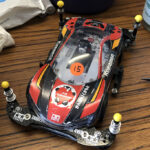
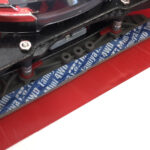
![7 different Tamiya Mini 4WD low profile small diameter tyres [Item no: 95208, 95205,95152, 95281, 95304]](https://mini4science.com/wp-content/uploads/2024/09/IMG_0538_mod2-150x150.jpg)
![8 different Tamiya Mini 4WD metal rollers [Item no: 95612, 15522, 95643, 95497, 15426, 95160, 15345, 15475]](https://mini4science.com/wp-content/uploads/2024/07/IMG_0296-150x150.jpg)
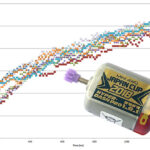



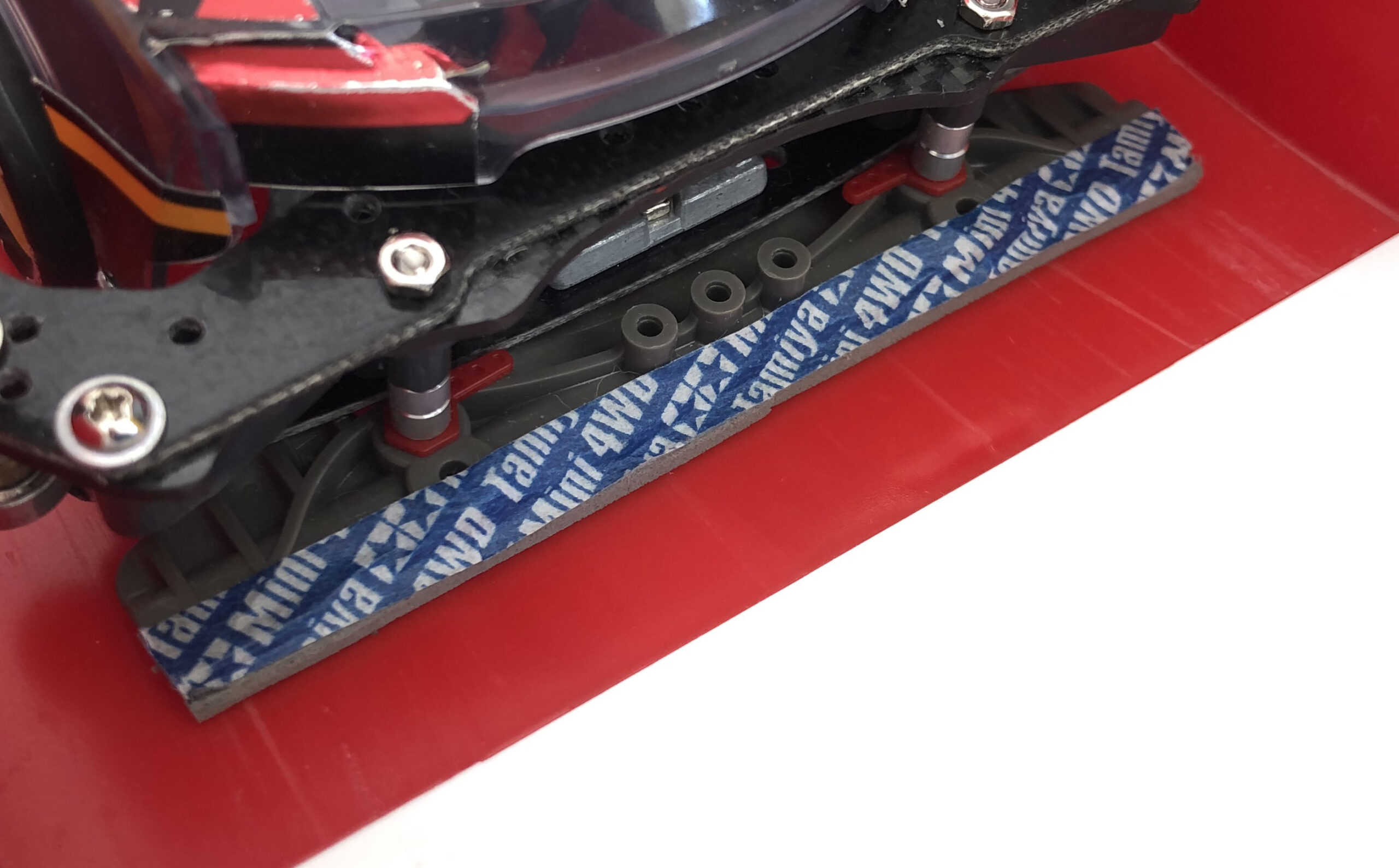
![7 different Tamiya Mini 4WD low profile small diameter tyres [Item no: 95208, 95205,95152, 95281, 95304]](https://mini4science.com/wp-content/uploads/2024/09/IMG_0538_mod2.jpg)
![8 different Tamiya Mini 4WD metal rollers [Item no: 95612, 15522, 95643, 95497, 15426, 95160, 15345, 15475]](https://mini4science.com/wp-content/uploads/2024/07/IMG_0296-scaled.jpg)

